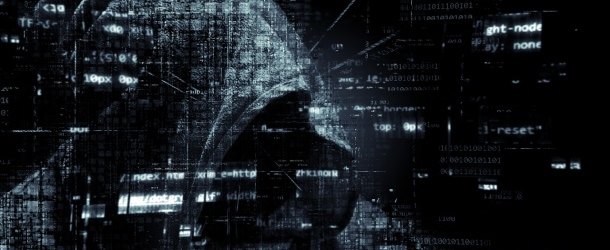Quantum Physics to the Rescue Against Cybercrime?

(SecurityMagazine) Cybercrime persists and is increasingly costly. Some estimates show cybercrimes could cost the world $6 trillion annually by 2021, up from $3 trillion in 2015. With more Americans online than ever before because of COVID-19, cases have surged 300 percent, according to the FBI’s Cyber Division. It now receives between 3,000 and 4,000 cybersecurity complaints daily — up from 1,000 per day before the pandemic. As enterprise security moves into the home, hackers are exploiting weaknesses for big profits.
The future of cybersecurity has no trust, and that’s a good thing. The reality is that encryption has long been the common way to secure data and rest and in transit, but it’s far from perfect and largely ignores how to protect data while it’s in use.
Quantum physics to the rescue?
Advances in quantum computing have huge security implications and impact consumers and enterprises. With quantum key distribution (QKD), encryption keys are continuously generated; unauthorized attempts to see this data on the quantum channel can be immediately detected since any disruption to the channel breaks the quantum state of photons signaling eavesdroppers are present. Data can be better secured with keys generated using a Quantum Random Number Generator (QRNG) that creates truly random numbers that can’t be predicted.


















